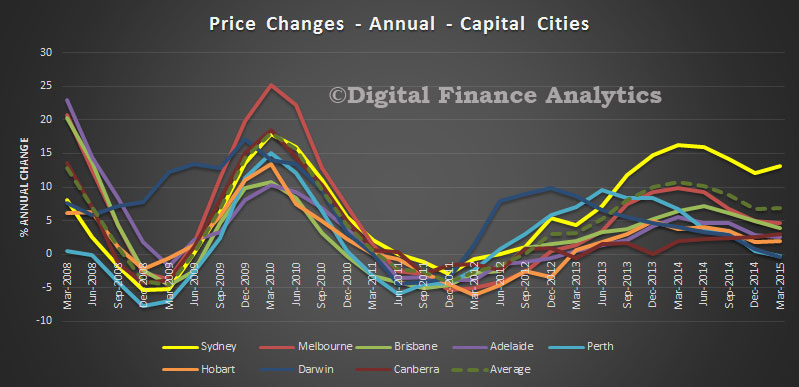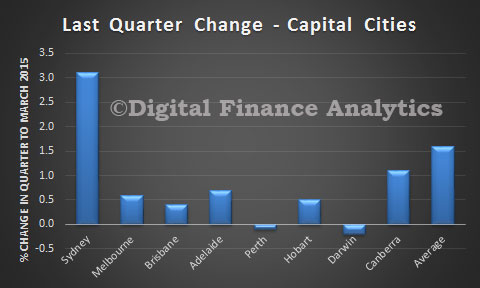The Bank for International Settlements has released the template to be used by banks to report their Net Stable Funding Ratio (NSFR). This is a further layer of regulation designed to bolster financial stability. Supervisors will give effect to the disclosure requirements set out in this standard by no later than 1 January 2018. Banks will be required to comply with these disclosure requirements from the date of the first reporting period after 1 January 2018. The disclosure requirements are applicable to all internationally active banks on a consolidated basis but may be used for other banks and on any subset of entities of internationally active banks to ensure greater consistency and a level playing field between domestic and cross-border banks. The disclosure of quantitative information about the NSFR should follow the common template developed by the Committee.
The fundamental role of banks in financial intermediation makes them inherently vulnerable to liquidity risk, of both an institution-specific and market nature. Financial market developments have increased the complexity of liquidity risk and its management. During the early “liquidity phase” of the financial crisis that began in 2007, many banks – despite meeting the capital requirements then in effect – experienced difficulties because they did not prudently manage their liquidity. The difficulties experienced by some banks arose from failures to observe the basic principles of liquidity risk measurement and management.
In 2008, the Basel Committee on Banking Supervision responded by publishing Principles for Sound Liquidity Risk Management and Supervision (the “Sound Principles”), which provide detailed guidance on the risk management and supervision of funding liquidity risk. The Committee has further strengthened its liquidity framework by developing two minimum standards for funding liquidity. These standards aim to achieve two separate but complementary objectives. The first objective is to promote the short-term resilience of a bank’s liquidity risk profile by ensuring that it has sufficient high-quality liquid assets (HQLA) to survive a significant stress scenario lasting for 30 days. To this end, the Committee published Basel III: The Liquidity Coverage Ratio and liquidity risk monitoring tools. The second objective is to reduce funding risk over a longer time horizon by requiring banks to fund their activities with sufficiently stable sources of funding in order to mitigate the risk of future funding stress. To achieve this objective, the Committee published Basel III: The Net Stable Funding Ratio. The NSFR will become a minimum standard by 1 January 2018. This ratio should be equal to at least 100% on an ongoing basis. These standards are an essential component of the set of reforms introduced by Basel III and together will increase banks’ resilience to liquidity shocks, promote a more stable funding profile and enhance overall liquidity risk management.
This disclosure framework is focused on disclosure requirements for the Net Stable Funding Ratio (NSFR). Similar to the LCR disclosure framework,4 this requirement will improve the transparency of regulatory funding requirements, reinforce the Sound Principles, enhance market discipline, and reduce uncertainty in the markets as the NSFR is implemented.
It is important that banks adopt a common public disclosure framework to help market participants consistently assess banks’ funding risk. To promote the consistency and usability of disclosures related to the NSFR, and to enhance market discipline, the Committee has agreed that internationally active banks across member jurisdictions will be required to publish their NSFRs according to a common template. There are, however, some challenges associated with disclosure of funding positions under certain circumstances, including the potential for undesirable dynamics during stress. The Committee has carefully considered this trade-off in formulating the disclosure framework contained in this document.
The disclosure requirements set out in this document are applicable to all internationally active banks on a consolidated basis but may be used for other banks and on any subset of entities of internationally active banks to ensure greater consistency and a level playing field between domestic and cross-border banks.
Banks must publish this disclosure with the same frequency as, and concurrently with, the publication of their financial statements (ie typically quarterly or semi-annually), irrespective of whether the financial statements are audited.
Banks must either include the disclosures required by this document in their published financial reports or, at a minimum, provide a direct and prominent link to the completed disclosure on their websites or in publicly available regulatory reports. Banks must also make available on their websites, or through publicly available regulatory reports, an archive (for a suitable retention period as determined by the relevant supervisors) of all templates relating to prior reporting periods. Irrespective of the location of the disclosure, the minimum disclosure requirements must be in the format required by this document (ie according to the requirements in Section 2).













